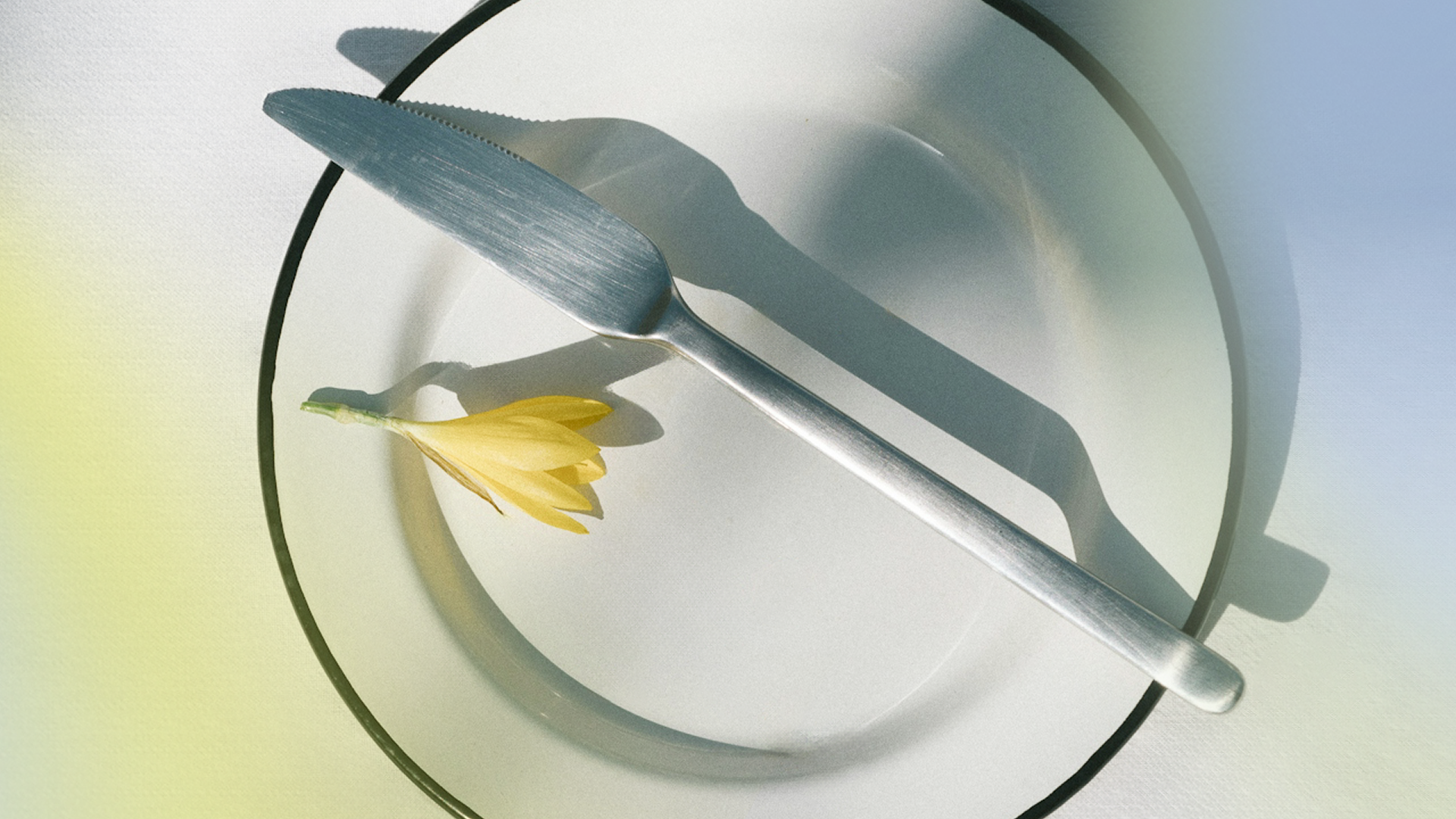Key takeaways
-
A strong morning cortisol rise supports alertness, focus, and sustained energy.
-
Low evening cortisol makes space for melatonin, setting the stage for deep, restful sleep.
-
Cortisol is best understood as an energy-deploying hormone, not just a “stress hormone.”
-
Daily habits—such as light exposure, hydration, exercise, and stress management—shape your cortisol rhythm.
-
Hormometer™ turns real-time cortisol levels into patterns you can visualize over time.
Cortisol often gets a bad reputation. Most people hear the word and immediately think of stress, anxiety, or exhaustion.
Stanford neuroscientist and host of the Huberman Lab podcast, Dr. Andrew Huberman, offers a different perspective. On a recent episode, Huberman describes cortisol as an “energy-deploying hormone”—a signal that tells the body when and where to deliver fuel.
Cortisol is an energy-deploying hormone
Beyond the “stress hormone”
Huberman discusses how cortisol is often misunderstood. Its true role goes well beyond stress.
He discusses the importance of it for fueling muscles during training. While other times it ensures neurons have the glucose needed for focus, memory, and emotional balance. Stress is only one of many triggers. Every day life depends on cortisol’s timely surges.
Brain-body coordination
Huberman goes into detail on the difference between adrenaline and cortisol, and their influence on the brain.
Unlike adrenaline, which acts in seconds but cannot cross into the brain, cortisol penetrates the blood-brain barrier. It binds to receptors in the hippocampus, a hub for memory and stress interpretation. This dual role—energizing the body and tuning the brain’s appraisal of challenges—explains why poorly timed cortisol leaves people feeling both physically drained and mentally foggy.
The four-phase cortisol rhythm
Cortisol follows a diurnal rhythm with four main phases:
-
Minimal secretion. About four hours before bed until two hours after falling asleep, cortisol stays very low. This allows growth hormone release and deep, slow-wave sleep.
-
Preliminary rise. Around the third to fifth hour of sleep, cortisol begins to rise slightly, setting up the body for later REM activity.
-
Steep rise. In the sixth to eighth hours of sleep, cortisol climbs sharply. This fuels the high brain activity of REM sleep and prepares the body to wake.
-
Cortisol awakening response. Within the first hour of waking, cortisol spikes even higher. This surge anchors alertness for the day and helps ensure levels decline properly later.
This pattern is essential. Huberman underscores that if you remember nothing else, high in the morning, low at night. The morning spike is as important as the nighttime decline.
Protocols for a strong morning peak
Huberman emphasizes that the first hour of the day is the anchor for your entire rhythm. What you do here sets up both energy and rest later.
Foundational practices
-
Light exposure. Step outside within an hour of waking, even on cloudy days. Natural sunlight is far brighter than indoor bulbs and directly signals the brain’s circadian clock to raise cortisol.
-
Hydration. After sleep, drinking 16-32 ounces of water helps jumpstart cellular activity. Electrolytes can support rehydration and small but meaningful cortisol pulses.
Amplifiers
-
Exercise. Morning workouts reinforce the natural cortisol peak. Familiar sessions give a small boost; new or intense ones give a bigger rise. Consistency at a set time helps train your system.
-
Caffeine. Waiting 60-90 minutes before your first coffee smooths the late-morning decline and reduces afternoon crashes.
Occasional levers
-
Cold exposure. Cold showers or plunges once or twice per week produce temporary cortisol rises and long-lasting boosts in catecholamines—neurochemicals such as dopamine, norepinephrine, and epinephrine that help regulate focus, motivation, and energy. Daily exposure, however, reduces the cortisol effect.
-
Foods that increase cortisol. Certain foods, like grapefruit or licorice, slow cortisol breakdown. These effects are strong, so use caution and seek medical guidance if you’re pregnant or managing blood pressure.
Evening and nighttime considerations
A strong morning peak matters, but so does an evening decline. Huberman highlights ways to support it:
-
Light hygiene. After sunset, dim lights and shift to warmer tones. Your internal clock is extra sensitive at night, so softer light helps your body wind down.
-
Breathing practices. Just one to three “physiological sighs”—two inhales through the nose followed by a long exhale—can lower stress in minutes.
-
Nutrition. Including starchy carbohydrates with dinner raises blood glucose, reducing the need for cortisol to mobilize energy. Many people find carb-rich evening meals more relaxing.
-
Caffeine cutoff. Stopping caffeine by early afternoon to help prevent cortisol spillover into the night.
-
Late exercise care. If you train after work, pair it with balanced meals, dim lighting, and calming breathwork. These habits help your cortisol taper back down so it doesn’t stay elevated overnight—supporting the natural rise you want to see the next morning.
Burnout patterns and corrective protocols
Huberman identifies two common burnout profiles:
-
Early-phase burnout. Cortisol rises too steeply, leaving people anxious on waking but crashing by afternoon.
-
Late-phase burnout. Cortisol fails to rise in the morning, leaving people sluggish, then spikes too high at night, keeping them wired.
Matching symptoms to the right tools helps reset the curve.
Cortisol curves and longevity
Research indicates that with chronic stress or aging, cortisol rhythms may become flattened. These blunted rhythms are linked to lower adaptability and reduced performance across daily tasks.
Maintaining a sharp morning rise and steady evening decline is a marker of resilience. Daily habits help reinforce this curve. And tracking reveals whether you’re staying aligned.
Hormometer™ brings Huberman’s insights to life
Cortisol is dynamic—rising in pulses, shifting across sleep, and influenced by habits. That’s why one reading alone doesn’t capture the full picture. With repeated tests across the day and week, Hormometer™ connects points into patterns. You can see whether your morning rise is strong, your afternoon taper is smooth, and your evenings are low enough for restful sleep. In short, it makes science visible.
Practical steps inspired by Huberman
To apply Huberman’s science day-to-day, focus on these steps:
-
Anchor your morning. Light, hydration, and movement are foundational.
-
Time your caffeine. Delay intake to reduce late crashes.
-
Train with consistency. Exercise in a regular window to train your rhythm.
-
Protect your evenings. Dim lights, practice calming breathwork, and include balanced meals.
-
Track your curve. Use Hormometer™ to visualize whether your cortisol matches the healthy diurnal curve.
Ultimately, cortisol isn’t something to be afraid of. It’s your body’s built-in signal for energy and rest. Huberman’s research-backed protocols show how daily habits shape that rhythm. And Hormometer™ makes it all visible, turning single tests into long-term patterns.



